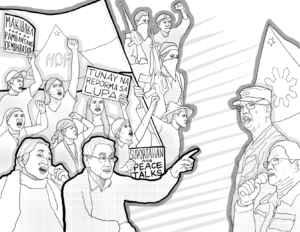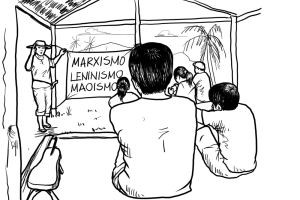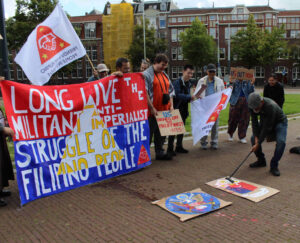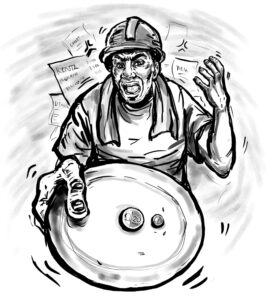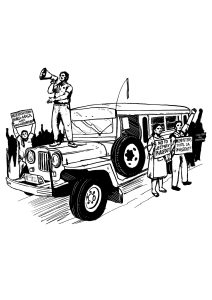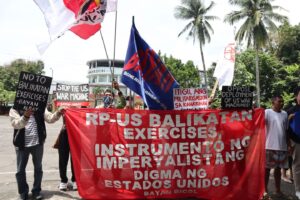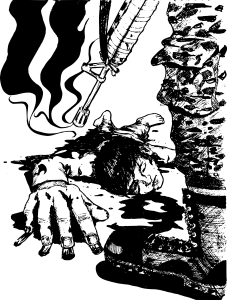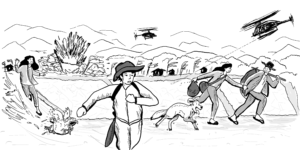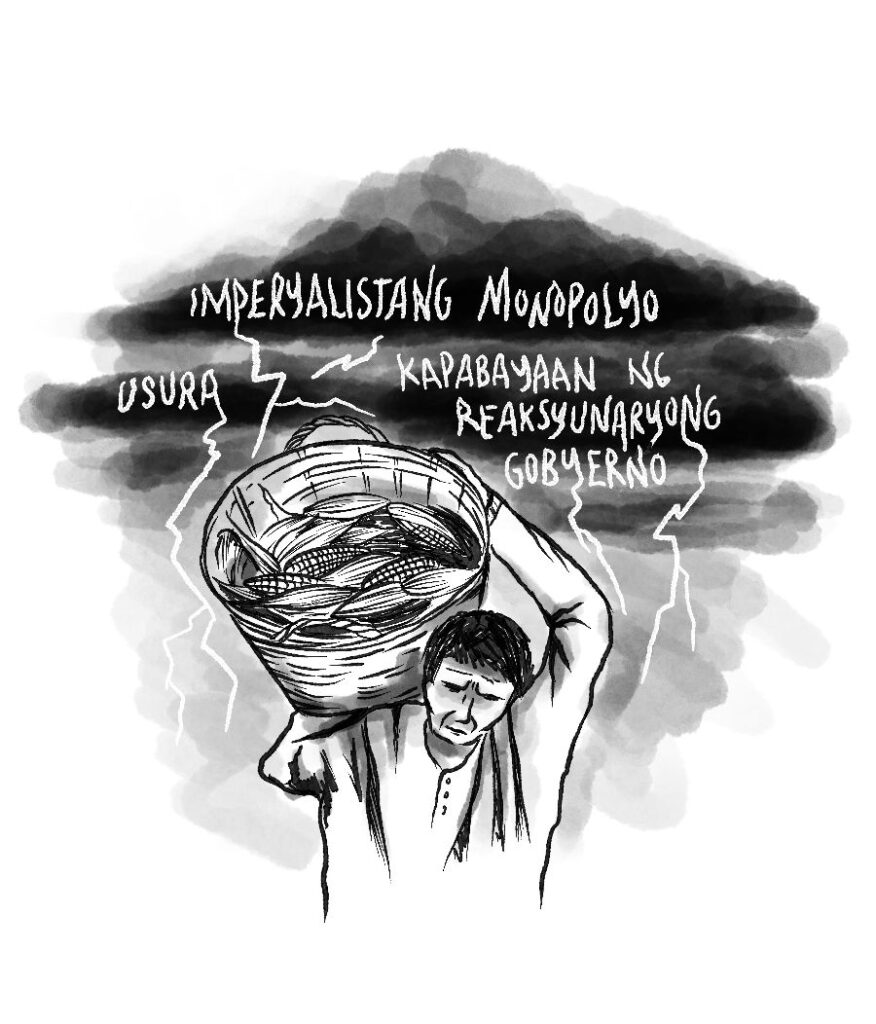
Correspondence Destitute conditions of Bukidnon corn farmers
Long before dawn, Tatay Arman is already toiling away in his 3-hectare cornfield in Bukidnon. He will end his work day before the sun sets. He does all the work—from planting, spraying pesticides, applying fertilizers to harvesting. Despite his efforts, he will only earn ₱48,210 in a 4-month planting cycle.
Tatay Arman’s suffering is mainly due to the neglect of the reactionary government. The state has no support for poor peasants like him to cope with the high costs of production. There are also no subsidies to support farmgate prices to help him recover his invested capital. All these force him to borrow from agencies and individuals despite very high interest rates just to till for the next crop cycle.
Tatay Arman and peasants like him seem to get played when the time comes to sell their produce. Traders raise farm gate prices when farmers have little or no harvest and lower it come harvest time. Tatay Arman says prices of corn reached ₱23 per kilo in June when they could not sell anything due to El Niño. Before this, the price was only ₱16/kilo.
Imperialist corn monopoly
Tatay Arman would not have spent so much if he had continued with traditional organic farming. The imperialist monopoly in the country’s agricultural sector forced peasants like him to use high-yielding varieties of corn and harmful chemicals and fertilizers.
Often, peasants are forced to use the Pioneer variety of corn, one of the genetically modified organism (GMO) seeds. Growing this seed effectively requires the use of fertilizers such as Urea, which now costs ₱1,400 per sack. This fertilizer also cause other types of corn pests forcing farmers to buy sprays like Alecta that costs ₱1,400 per gallon.
Farmers discovered that using such pesticides induces the growth of “bila-bila” grass (paragis grass or goosegrass) which are resistant to the same pesticides. Farmers are forced to buy other types of spray or weed these by hand. Caterpillars that bore into their corn due to several months of drought bring further hardship on them.
Exploitative usury in the countryside
Very high debt interests imposed by big usurers are a heavy burden on peasants. In Tatay Arman’s case, he was forced to borrow fertilizer and pesticides at nearly 50% interest.
He said he has no choice since all usurers charge the same rates. In his town, usurers charge old borrowers 10% interest, but impose a 50% interest on new borrowers. As a result, Tatay Arman always loses. He says he always gets to speak English word every harvest time: “short.”
Tatay Hildo’s situation is no different as he has long relied on loans for his one-hectare cornfield. He borrowed a total of ₱71,370 to plant, at 10% interest. At harvest time, he earned ₱67,200, short of ₱4,170 excluding interest.
Farmers would have had a modicum of relief had the state subsidized the price of corn to keep it at ₱23/kilo. In Tatay Arman’s cornfield, at this price, he could earn ₱37,890 or ₱421 per day.
Bukidnon is the second largest corn producer in the country. Corn production in the entire province reaches more than 500,000 metric tons (or 500 million kilograms). Due to the utter failure of the state, it is also host to a large number of hungry and poverty-stricken peasants.
From Ang Kalihukan, revolutionary newspaper of the people of the North Central Mindanao Region.



